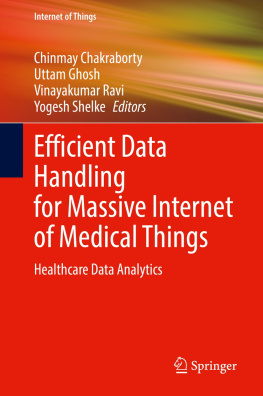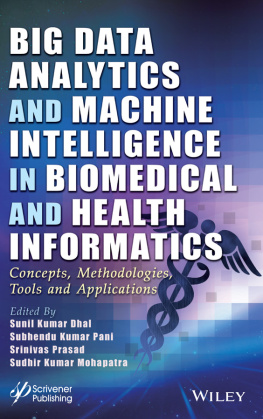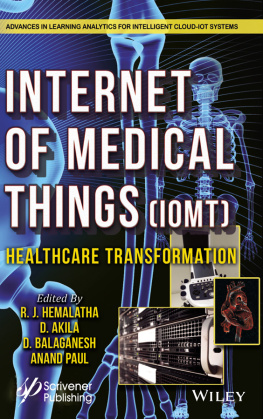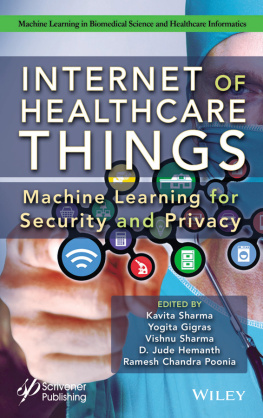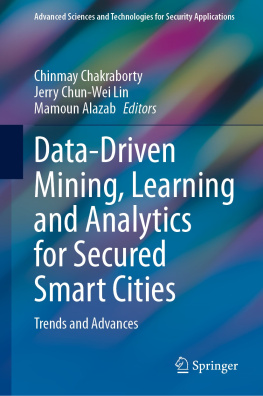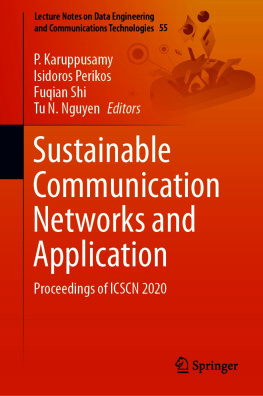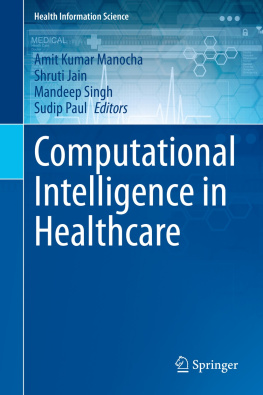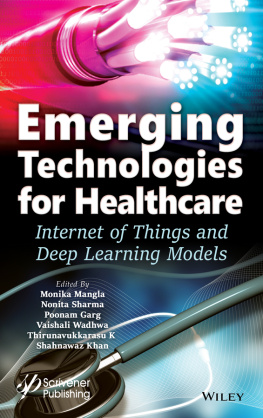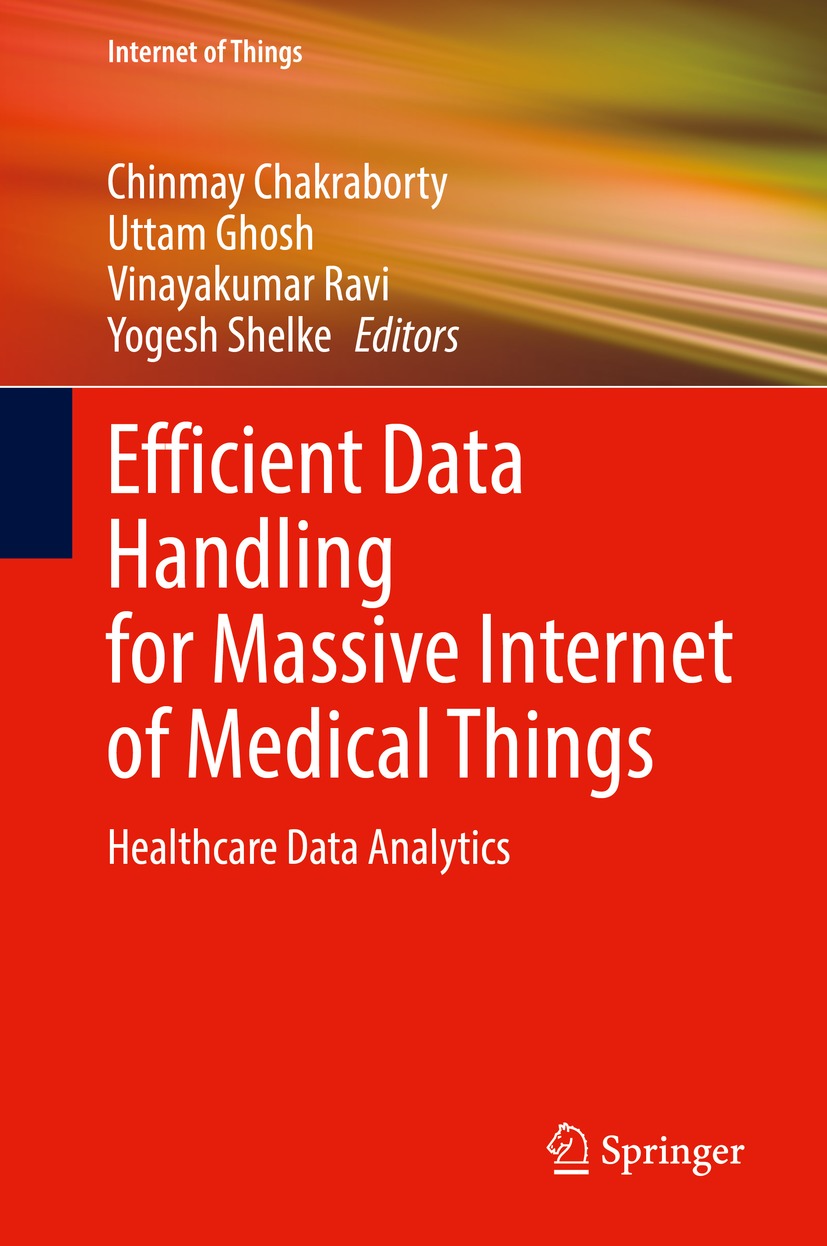Background
This book would focus on recent advances and different research areas in multi-modal data fusion under the healthcare informatics and would also seek out theoretical, methodological, well-established, and validated empirical work dealing with these different topics. It aims at bringing together the latest industrial and academic progress, research, and development efforts within the rapidly maturing health informatics ecosystem. It also highlights various technologies and concerns regarding energy-aware and secure sensors and how they can reduce energy consumption. It also discusses the life cycle of sensor devices and protocols with the help of energy-aware design, production, and utilization, as well as Internet of Things (IoT) technologies such as tags, sensors, sensing networks, and internet technologies. In a nutshell, this book will give a comprehensive overview of the state-of-the-art theories and techniques for massive data handling and access in medical data and Smart health in IoT, and provide useful guidelines for the design of the massive Internet of Medical Things (IoMT).
In the past decades, the number of deployments for sensor networks grew drastically. The health monitoring and diagnosis for the target structure of interest are achieved through the interpretation of collected data. The rapid advances in sensor technologies and data acquisition tools have led to the new era of Big Data, where massive heterogeneous data are collected by different sensors. The enhancing accessibility of the data resources gives new scopes for health monitoring, while the data aggregated from multiple sensors to make strong decisions remains a challenging problem. Challenges for data fusion in health monitoring will be the focus through these quality chapters. Fusion is a multi-domain developing field; it is mainly categorized as contextual information, observational data, and learned knowledge. Data fusion systems provide dynamically changing situations by integrating sensors outcome, knowledge bases, databases, user mission, and contextual information. Sensor technologies become more demandable in healthcare for development, testing, and trials, intending to be a part of both hospitals and homes. This book will also offer valuable perceptions to researchers and engineers on how to design sensor systems and how to improve patients information delivery care remotely. The end-to-end clinical data connectivity involves the development of many technologies that should enable reliable and location-agnostic communication between a patient and a healthcare provider. However, the main challenge in sensors is how to manage concerning critical applications, where several connected devices generate a large amount of medical data. This large volume of data, often called big data, cannot readily be processed by traditional data processing algorithms and applications. By intelligently investigating and collecting large amounts of healthcare data (i.e., big data), the sensor can enhance the decision-making process and early disease diagnosis. Hence, there is a need for scalable machine learning and intelligent algorithms that lead to more interoperable solutions and that can make effective decisions in emerging sensor technologies. Nevertheless, their rapid and widespread deployment, along with their participation in the provisioning of potentially critical healthcare services raises numerous issues related to the data acquisition and data analysis of the performed operations and provides services.
Recent developments in sensor technology, wearable computing, the Internet of Things, and wireless communication have given rise to research in ubiquitous healthcare and remote monitoring of human health and activities. Health monitoring systems involve processing and analysis of data retrieved from smartphones, smartwatches, smart bracelets, and various sensors and wearable devices. Such systems enable continuous monitoring of patients psychological and health conditions by sensing and transmitting measurements such as heart rate, electrocardiogram, body temperature, respiratory rate, chest sounds, or blood pressure. Pervasive healthcare, as a relevant application domain in this context, aims at revolutionizing the delivery of medical services through a medical assistive environment and facilitates the independent living of patients. The optimization algorithms can be applied because of acquiring the sensor data from multiple sources for fast and accurate health monitoring.

